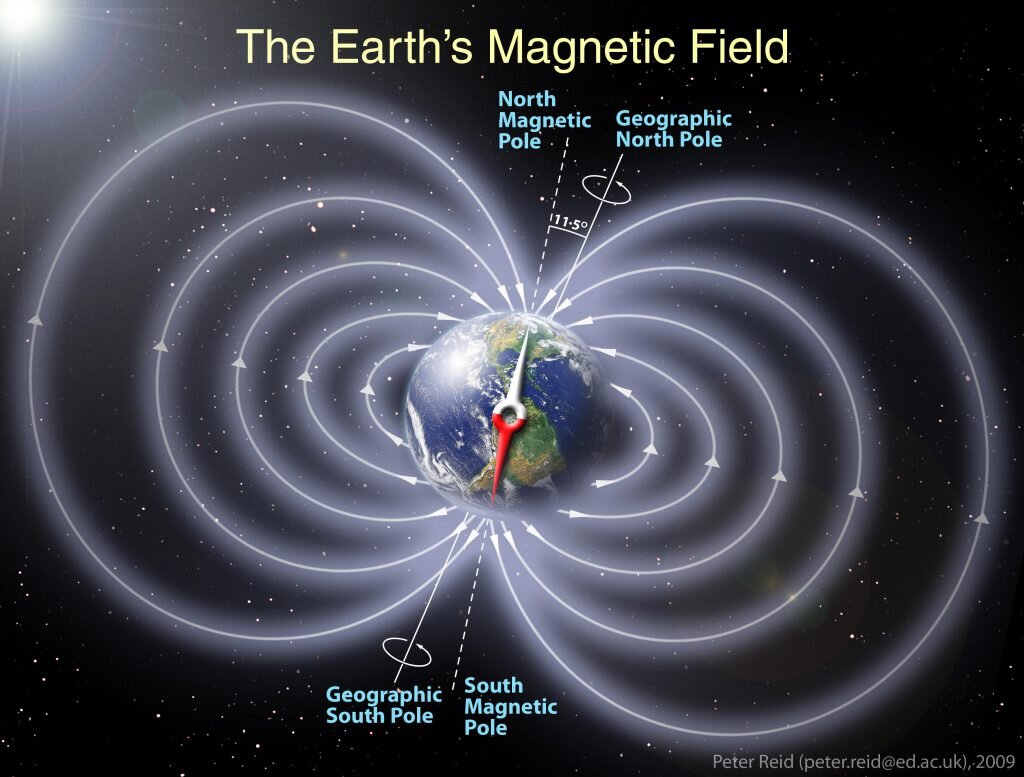Evidence shows that animals can use the earth s magnetic field to perceive altitude direction or location including homing pigeons salmon and sea turtles the ability is called magnetoreception

Evidence of Animals Using Earth’s Magnetic Field for Navigation

Have you ever wondered how some animals have an extraordinary sense of direction and are able to navigate vast distances with precision? The fascinating ability to perceive altitude, direction, or location using Earth’s magnetic field is known as magnetoreception. This natural phenomenon has been observed in various species, including homing pigeons, salmon, and sea turtles.
Magnetoreception enables animals to rely on the Earth’s magnetic field as a navigational aid, and it plays a crucial role in their survival and migration patterns. How these remarkable creatures are able to perceive and utilize these magnetic cues remains a subject of ongoing scientific research.
Homing Pigeons: Nature’s Aerial Navigators
Homing pigeons are celebrated for their remarkable ability to find their way back home from unfamiliar locations, even when they are released hundreds of miles away. Research suggests that these birds navigate using various cues, one of them being the Earth’s magnetic field.
Studies have shown that homing pigeons possess tiny magnetic minerals within their beaks, which act as a biological compass. These minerals, known as magnetite, align themselves with the Earth’s magnetic field, providing the birds with a sense of direction. By sensing changes in this field, pigeons can determine their position relative to their home and adjust their flight path accordingly.
Salmon: Magnetic Compasses of the Sea
Salmon, renowned for their incredible spawning migrations, also possess magnetoreceptive abilities that aid in their navigation across vast distances. When it’s time to return to the rivers where they were born, salmon rely on the Earth’s magnetic field as their guiding compass.
Scientific studies have revealed that salmon have magnetite particles located in their nasal tissues and inner ear. These particles interact with the Earth’s magnetic field, helping the fish determine their location and direction. The precise detection of the magnetic field allows salmon to navigate through the open ocean and reach their specific spawning grounds with remarkable accuracy.
Sea Turtles: Oceanic Magnetic Navigators

Another remarkable example of magnetoreception is found in sea turtles, which embark on epic migrations spanning thousands of miles across the ocean. These astonishing creatures are believed to possess a magnetic map that allows them to navigate across vast expanses of water.
Research suggests that sea turtles have magnetoreceptive cells in their brains, specifically in an area known as the nasopalatine organ. This organ is responsible for detecting and interpreting the Earth’s magnetic field. By interpreting changes in magnetic intensity and inclination, sea turtles can determine their latitude and longitude, enabling them to find their way during their extensive migrations.
Exploring the Mysteries of Magnetoreception
The ability of animals to utilize the Earth’s magnetic field for navigation continues to fascinate scientists. While significant progress has been made in understanding the mechanisms behind magnetoreception, many questions remain unanswered.
Ongoing research focuses on unraveling the intricate details of how animals perceive and process magnetic information. Scientists use specialized equipment and conduct experiments in controlled environments to shed light on the biological mechanisms that enable magnetoreception. Additionally, advancements in tracking technology allow researchers to measure and analyze the movements of magnetoreceptive animals in their natural environments.
Understanding magnetoreception not only offers insights into the marvelous abilities of these extraordinary animals but also has practical implications for human technology. Researchers hope to apply the knowledge gained from studying magnetoreception to develop advanced navigation systems that can function in environments where traditional methods are impractical or unreliable.
In conclusion, the evidence overwhelmingly supports the notion that animals possess the remarkable ability of magnetoreception. Homing pigeons, salmon, and sea turtles, among other species, demonstrate impressive navigational skills that rely on the Earth’s magnetic field. The ongoing scientific exploration of this phenomenon provides us with a deeper understanding of the complex world of animal navigation and inspires further research into the wonders of nature’s compass.
Related Posts
Quick Links
Legal Stuff

